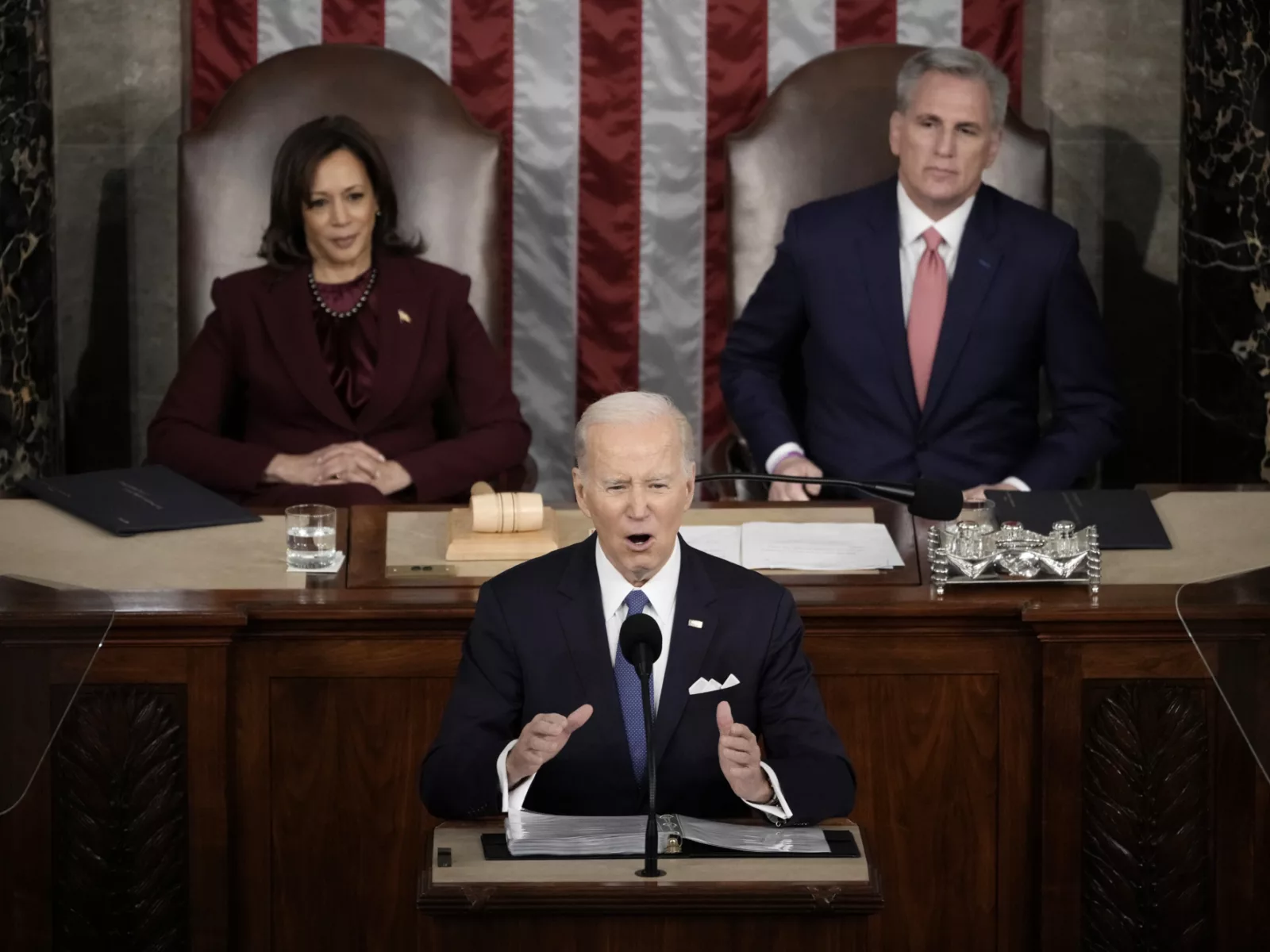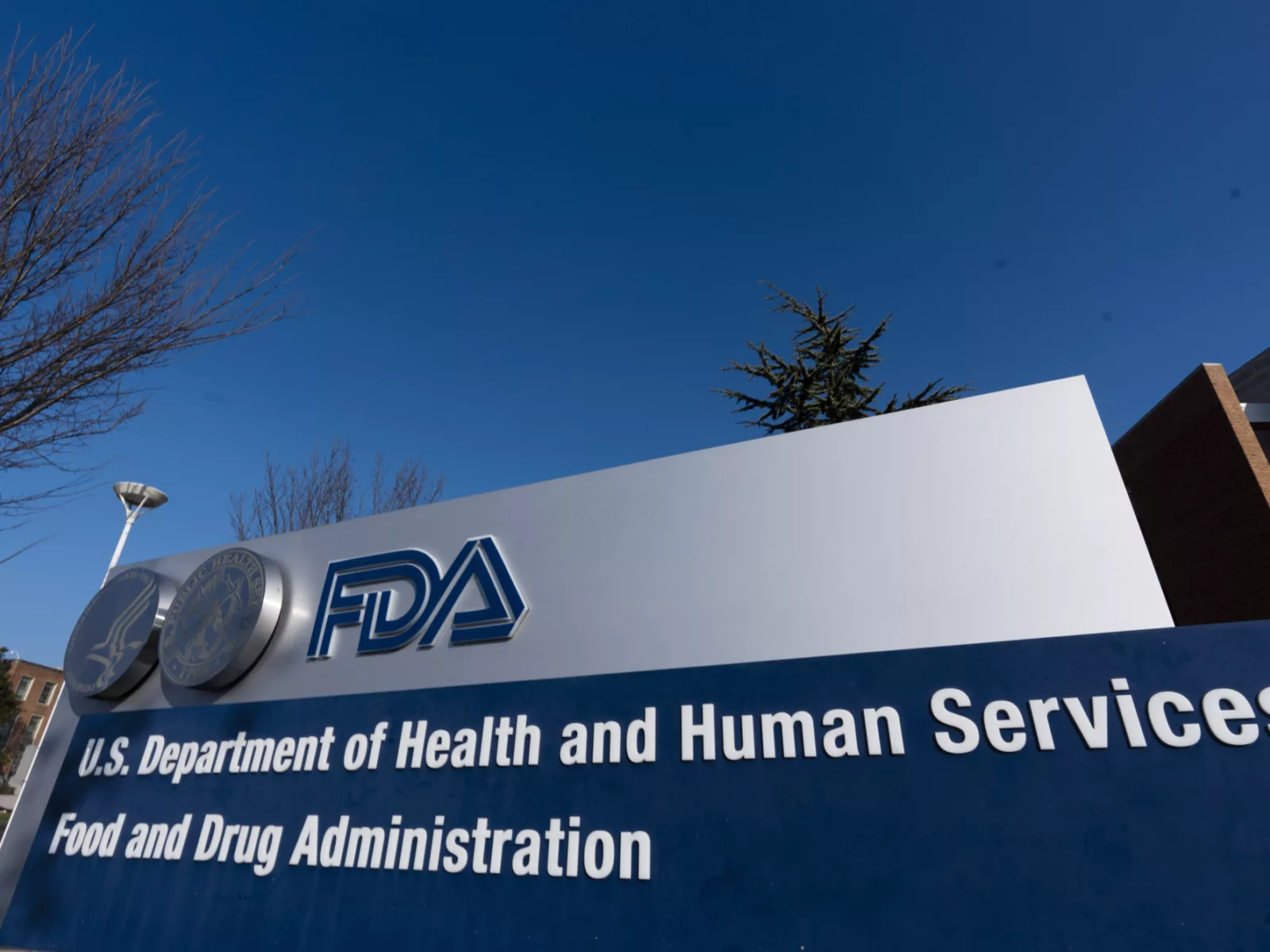Adapted from the Relentless Health Value podcast Ep. 380: 7 Big Reasons Medicare Drug Price Negotiation Actually Happened This Time Around — What Changed?
Key provisions of the Inflation Reduction Act are moving forward, including a reform that requires manufacturers to pay rebates to Medicare Part D when drug prices exceed inflation. The Part D program provides outpatient prescription drugs to older adults and people with disabilities, covering nearly 50 million Medicare beneficiaries. Because the inflation penalty will slow growth of list prices over time, many patients in Part D will ultimately see their out-of-pocket costs reduced.
The law enacts historic reforms to lower prescription drug prices by allowing Medicare to negotiate the prices of some of its most expensive medications. Other industrialized countries have some form of price negotiations, and, as a result, they pay less than half what Americans pay for the same medicines.
Efforts to lower prescription drug prices have met fierce opposition from the pharmaceutical industry for decades.
What changed this time around? How did Medicare drug price negotiations finally succeed in passing Congress? In a recent interview with the Relentless Health Value podcast, Arnold Ventures Executive Vice President of Health Care Mark E. Miller explains:
This conversation has been edited for length and clarity and portions are being published with permission from the podcast. You can listen to the podcast in its entirety here.

Relentless Health Value
In the past, pharma’s arguments that price negotiations would harm research and development and stifle innovation, combined with its lobbying prowess and campaign contributions, made many members of Congress side with their position. Why did these arguments no longer carry the day?

Mark E. Miller
One thing that was different this time is a lot of research came along from non-pharma sources that either directly contradicted points that pharma was making or, alternatively, made the argument much more subtle, particularly around innovation.
For example, the documentation of what other countries were paying for drugs — Americans pay three times what other countries pay for drugs — became much more prominent in the debate this time around.
Pharma’s argument was always, “Well, we need all these dollars for R&D.” But there were real questions about whether all of the dollars were needed and or used for R&D.
Johns Hopkins University and other institutions independently started to put together their own analyses about how much it really costs to bring a drug to market. They found pharma’s estimates seemed to be overstated. And there were other factors, such as how much the federal government through the National Institutes of Health (NIH) was contributing to drug patents. And, there was research showing that virtually all of the patents that had been approved during a five or six year period involved some kind of NIH funding or innovation. Plus, there was a fair amount of research that showed the industry was engaged in anti-competitive activities, building patent thickets, making pay-for-delay types of deals, keeping your competitors off the market, and making deals in Europe to cut prices or to allow competitors to come on, but not allowing those kinds of arrangements in the U.S.
All of this had an important impact in shaping the debate.
Innovation, of course, is related to R&D. I do want to be very clear that I do not reject pharma’s argument about innovation out of hand. It could be possible to take so much out of the drug market that you could truly stunt innovation. I don’t think this bill comes anywhere close to that, but I want to acknowledge that there is a trade-off.
But here again, new research rebutted many of pharma’s arguments. It [research] looked at the impact of the Medicare Part D benefit and noted that it generated a large infusion of revenue for the pharmaceutical industry — in the hundreds of billions of dollars. And what they [researchers] found — which they did not expect to find — is that the overwhelming majority of drugs that were brought to market were “me-too” drugs [a structurally similar drug to a known drug with minor differences], rather than first in class or breakthrough drugs. And this began to thread its way through the debate — you even see it in the footnotes of the Congressional Budget Office’s assessment of the drug pricing provisions in the Inflation Reduction Act.
For example, CBO estimated that this legislation will result in two fewer drugs over the next 10 years. And in their footnote, they say, and I’m paraphrasing here, we can’t tell you whether those are “me-too” drugs or true innovation. The evidence suggests that most of the drugs that might not come to market are drugs where there are already treatments.

Relentless Health Value
Innovation isn’t the only point of debate in this argument. So is affordability. If a patient can’t afford to take a breakthrough drug, it’s done him or her no good. How much of a role did this play in leading to passage of legislation?

Mark E. Miller
A huge role. If you look at polling from Kaiser Family Foundation, for example, something like 29 or 30 percent of Americans either don’t fill their prescriptions or ration them because they can’t afford them.
That fueled this counter-argument to pharma: If innovation is so important, then why aren’t these 30% allowed to get access to the current innovations, much less future innovations? Shouldn’t we strike a balance that brings more of those people access to current innovations? And particularly if a lot of these future “innovations” are going to be “me-toos,” maybe it’s important that people get access to drugs now. Those points I think, had just not entered as clearly in past debates.
I think of people like Peter Bach, an oncologist researcher. He’s seen new cancer drugs that launch with very high prices, but that also are only marginally different from existing drugs. He starts raising questions like, “I want to treat my patients for their illness, but I also want to be sensitive to the financial toxicity of what I’m prescribing them” and he became very outspoken about how drugs were being priced and whether they were really incremental innovations unworthy of those prices.
When you look at it, roughly 40 percent of families with cancer exhaust their financial resources within two years. And other members of the medical community started to raise issues about their patients’ lack of access to current innovation and feeling somewhat complicit in helping the patient with their medical concerns, but then hurting the patient financially. This argument wasn’t as present in the past.

Relentless Health Value
Clearly, the messaging landscape changed this time around. Was that reflected in changes in public opinion and what role did that play?

Mark E. Miller
Yes it was. One big factor is that, as the landscape was shifting, pharma didn’t shift with it. Their responses felt very tone deaf. You had the “pharma bro” incident, the EpiPen price increase, launches of certain drugs that were outrageously high-priced, stock buybacks instead of research and development investments, high CEO salaries, and statements in the press like “I have a moral obligation to raise prices.” That had more of an impact this time around.
And when you went out and polled voters, they were way ahead of Congress. They wanted aggressive change. And even when you pressure-test those positions by presenting pharma’s arguments, the voters were saying, “nonetheless, I want action on this.”
So there were very strong percentages of support from Republican, Independent and Democrat voters alike, for more aggressive action. Congress, I think because of the influence of the pharma lobby, was slow to come along. But this time, my sense is the politicians looked at polling and said, “I will not be punished if I do something here” and conversely, “I will be punished if I don’t take action.”
Another crucial factor that went under the radar a bit is that in the past, many patients’ organizations received pharma funding and were reluctant to directly challenge high prices. But this time around, there were several patient organizations that decidedly did not take pharma money and were highly effective in making the case for Medicare negotiations. And of course, patients telling their stories about how they cannot afford their drugs or had to mortgage their house had a lot to do with the shift in information. I think that was incredibly important.
For more information, read AV’s Drug Pricing Fact Sheet. For more information on AV’s policy positions to lower drug prices, read our issue brief.



















